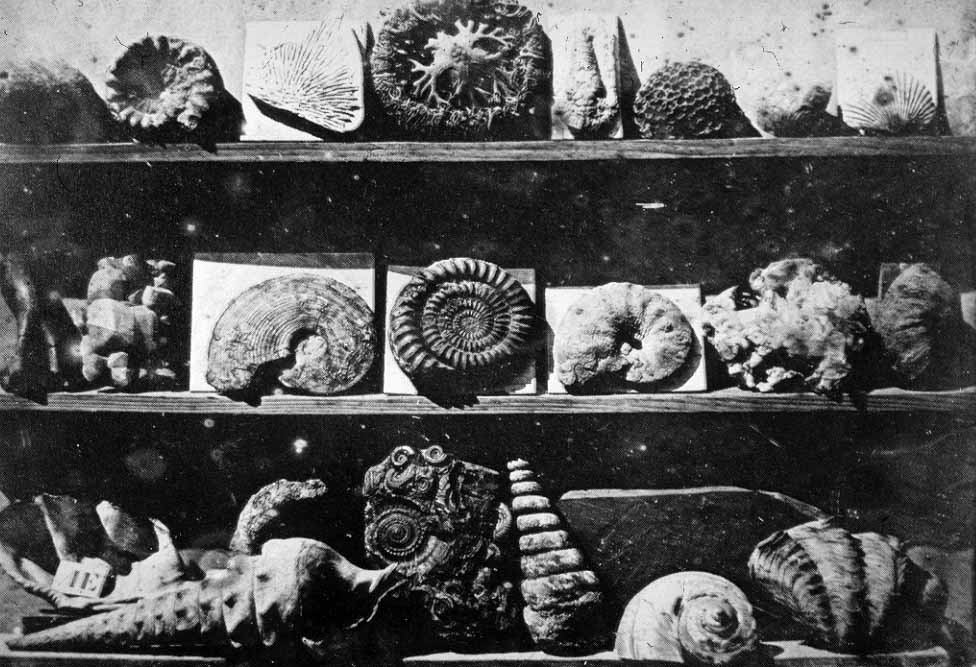
Louis-Jacques-Mandé Daguerre, Shells and Fossils, 1839
Numerical representation enables more than efficient processability and increased programmability. As it makes obsolete qualities that have previously been used to categorize individual media it also increasingly blurs the borders between them. Therefore it should be seen as no less than surprising that many contemporary systems still use images as their exclusive output channel. An associated conundrum is the fact that, of those many images, a baffling ratio appears in photographic form. Why this persistence on familiar pseudoverisimilitude? What are the privileges of the quasi-photographic aesthetic? Much wizardry is required to make data packages look recognizable. This decision, when taken by the creators of imaging algorithms, is of course ornamental but it is also much more. In acting as mere effect quasi-photographic images can function as sophisticated ‘go-betweens’ that weave together selected aspects of the physical world with the augmented world of data in ways that other media simply cannot. Thus, perhaps it is time to consider the possibility that the quasi-photographic need not be understood only as a form of interface but also as a concession required by and for our inferior human processing capabilities.